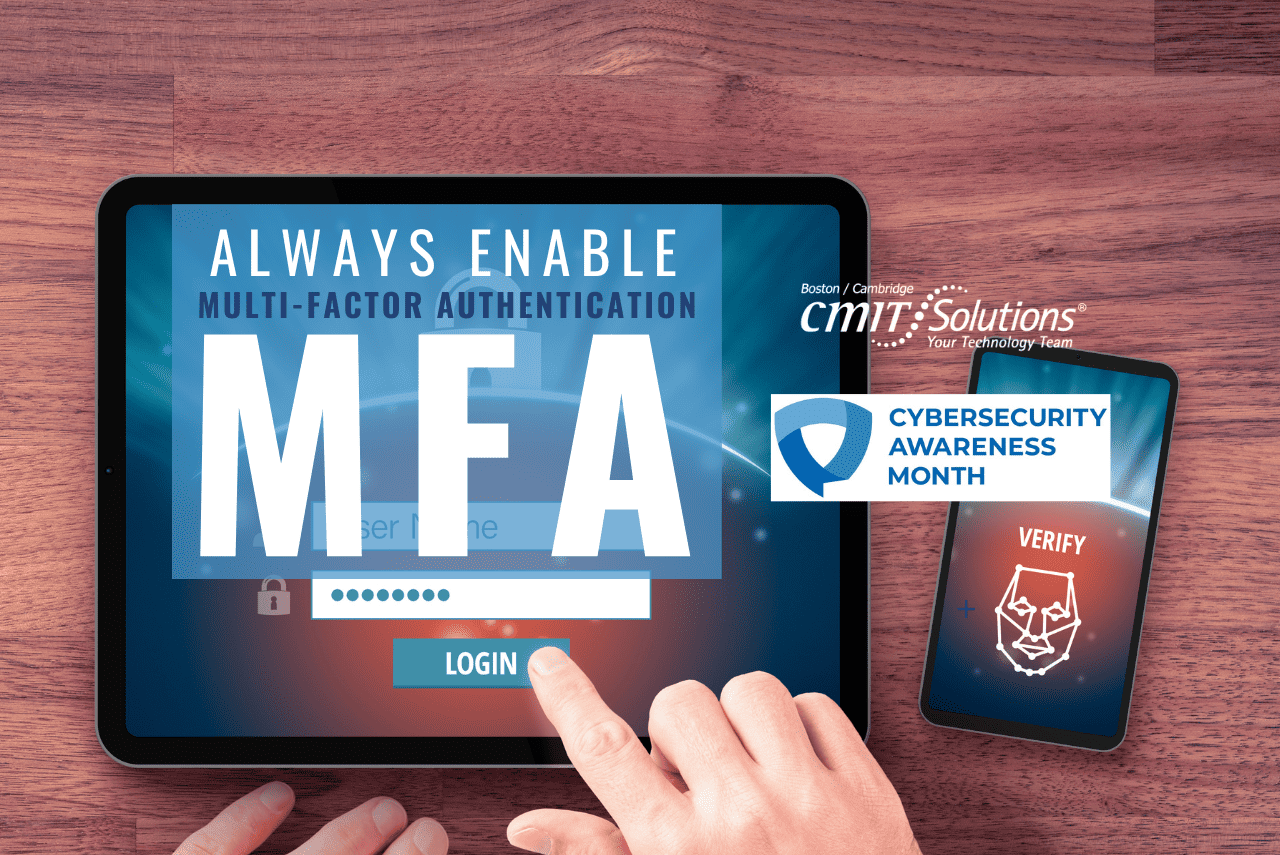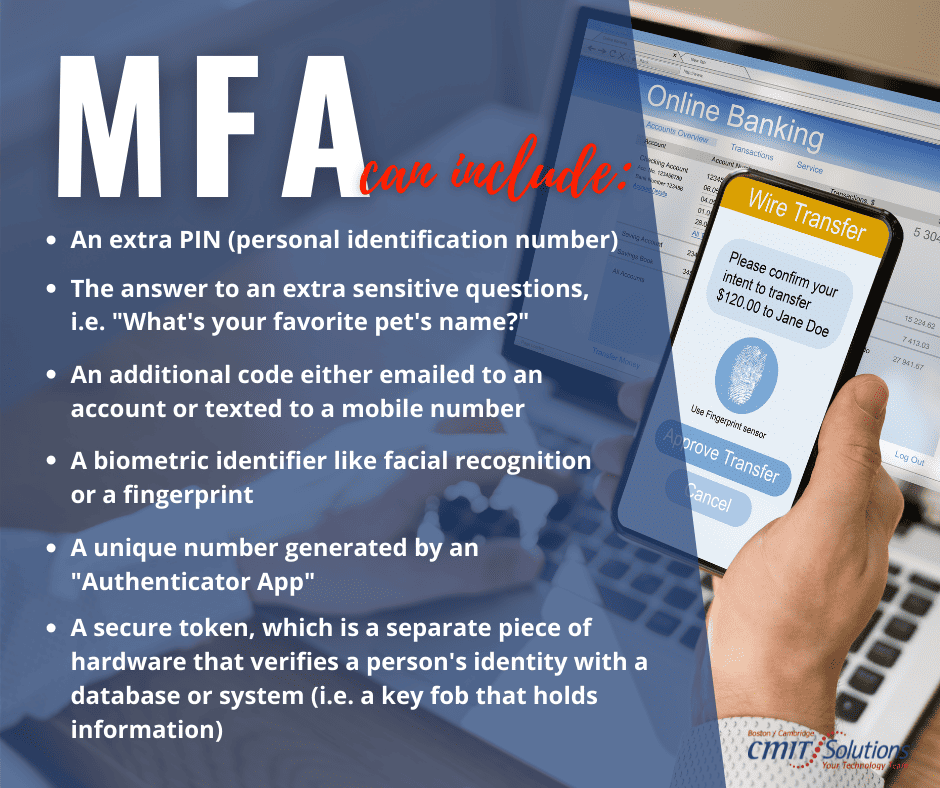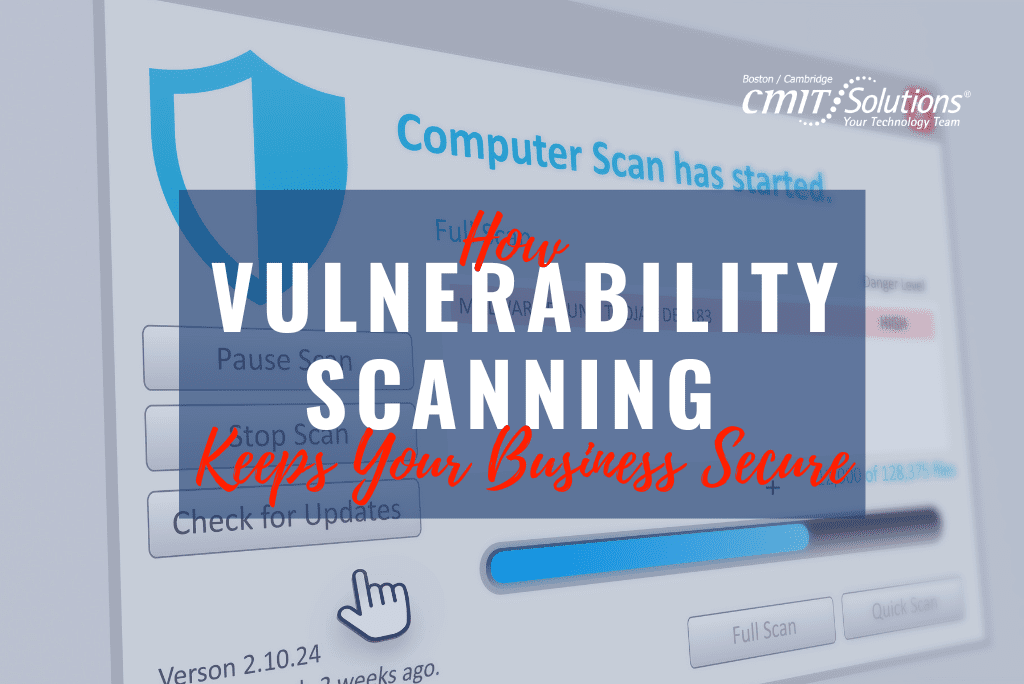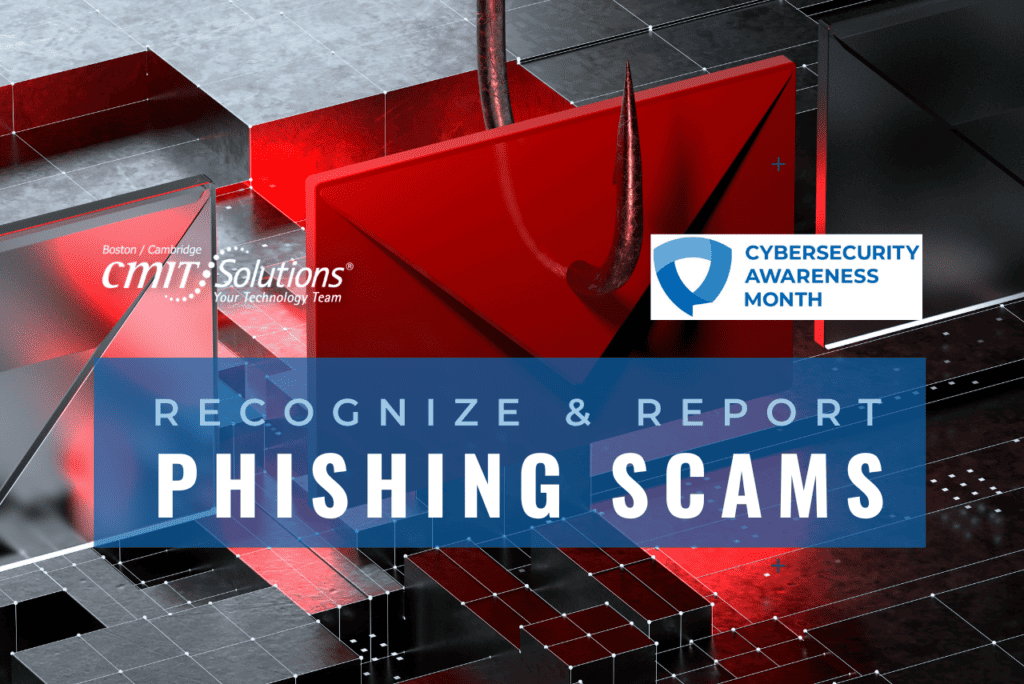Always Enable Multi-Factor Authentication (MFA)
Many people don’t realize multi-factor authentication (MFA or 2FA) is an incredibly important tool that goes a long way in keeping accounts secure. In fact, of those who knew about it (52%), most had applied MFA to their online accounts (81%) and were still using it (90%), showing that once MFA is enabled, users will keep using it. This month, we’re showing others how easy it is to enable MFA wherever possible.
HOW DOES MFA WORK?
Multi-factor authentication is a security measure that requires anyone logging into an account to navigate a two-step process to prove their identity. It makes it twice as hard for criminals to access an online account. By adding an extra simple step to your login process, multi-factor authentication greatly increases the security of your account. Here’s how it works. The first step is logging in with your password or passphrase. The second step is to provide an extra way of proving that you’re you, like entering a PIN code or texting/emailing a code to your mobile device, or accessing an authenticator app.
WHAT TYPE OF ACCOUNTS OFFER MFA?
Not every account offers MFA, but it’s becoming more popular every day. It’s seen on many accounts that usually hold either valuable financial or personal information such as banks, financial institutions, online stores, or social media platforms. Any place online that is storing your personal information (especially financial information), or any account that can be compromised and used to trick or defraud someone else should be protected with MFA. Simply put, use multi-factor authentication everywhere!
CYBERSECURITY AWARENESS MONTH
October is Cybersecurity Awareness Month. While there are all kinds of ways to keep your data protected, following just four key steps can make a big difference. Multi-factor authentication is the first step we’re highlighting this month. Cybersecurity doesn’t have to be overwhelming. With just a few clicks, you can be on your way to keeping your data safe and secure online. #besafeonline
Written by: Chris Zambuto and StaySafeOnline.org | Chief Information Security Officer @CMITBostonCambridge






